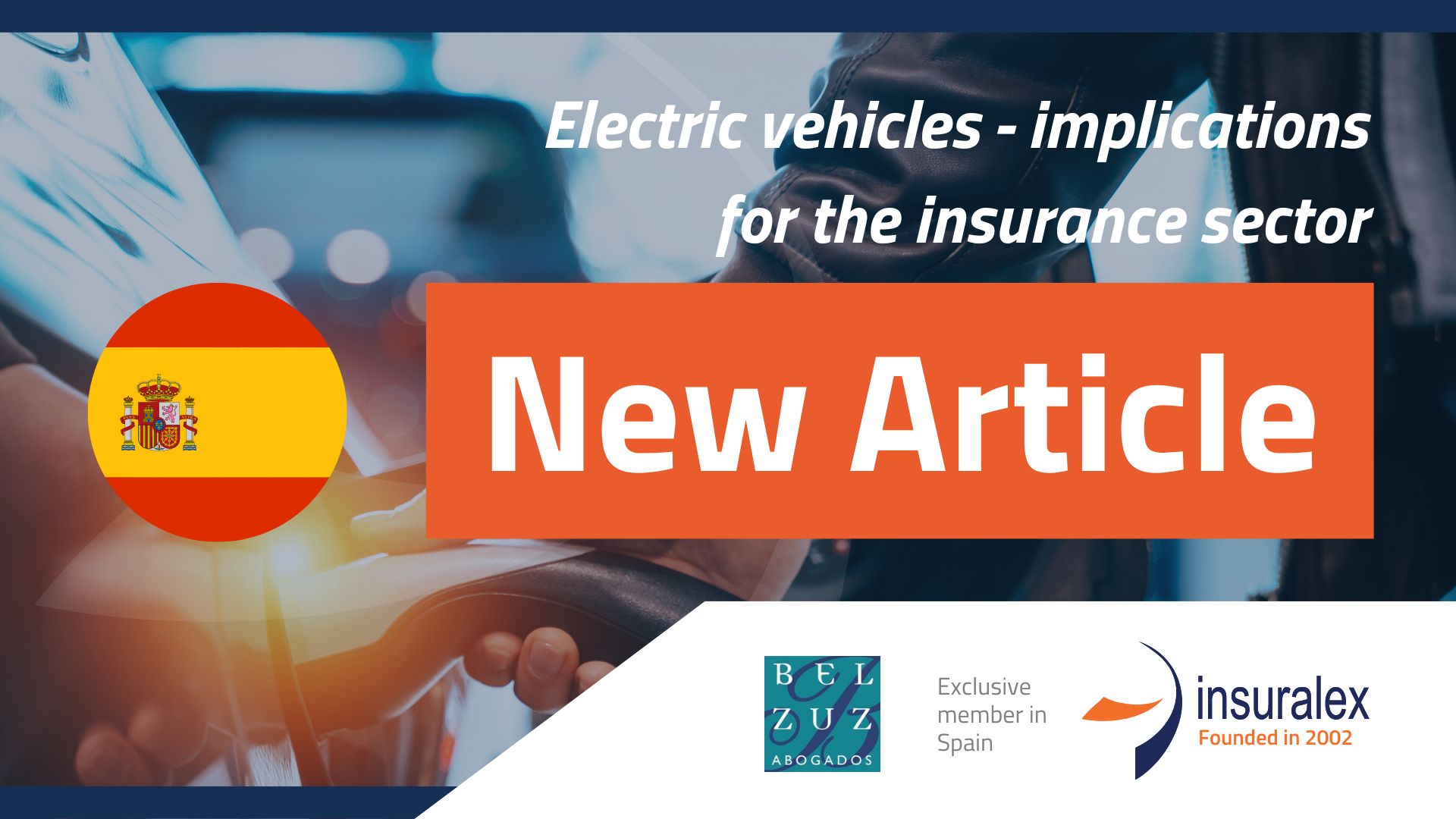
The development of electric vehicles in the near future is a reality, supported by arguments such as consumer demand, promotion by state governments and environmental protection. This is a major departure from the current automotive scenario.
Allianz Global Corporate & Specialty (AGCS) has produced a report, in which it considers a scenario that shows important changes in the current risk for those involved in the sector: manufacturers, distributors, consumers and insurers.
We will identify the various new risks that we can think of in this new scenario, such as the possible performance of the battery, cyber risk or the fire of the vehicle itself.
Electric mobility implies new and possible defects in its components. Due to their newness and unfamiliarity, this will lead to higher repair costs. The expected growth of electric cars brings with it the possibility of new defects and performance problems with higher repair costs.
The risk of a cyber-attack affecting their components is much greater than that of current vehicles, to which must be added the risk of fire as is being reported in the news.
All in all, unless better judgement is exercised, the electric vehicle appears to be the best alternative to the current vehicle model, and the current fleet of electric vehicles can be expected to grow significantly, once cost reductions and increased range are achieved.
The forecast is for long-term growth and involves a variety of technical and operational risks, both from a product liability and non-product liability perspective.
The new technical and operational risks identified are as follows:
– Fire, although the risk of fire in an electric car is much lower, the difficulty of extinguishing the fire is more complicated than in a petrol or diesel vehicle, and requires protocols that need more time to extinguish the fire. High-voltage batteries cause fires that are very intense and difficult to extinguish, releasing large amounts of toxic gases.
Faulty electrical components and short circuits can cause fires. In addition, lithium-ion batteries can ignite if damaged, overcharged or exposed to high temperatures.
Due to the relative infrequency of such fires to date, response and rescue services have limited experience in dealing with such incidents.
– The risk of electrocution, although they incorporate an automatic system that disconnects the high voltage circuit. This means that maintenance and servicing is important to mitigate these risks.
The study conducted by Allianz has shown that “the high voltage components of electric cars are well protected and would not be affected in most accidents”.
On the other hand, from a compensation point of view, the study indicates that “electric cars are less likely to be involved in accidents, as they typically travel short distances with low overall mileage”.
– Another issue is the question of repair costs, since the damage borne by insurance is higher than that of current combustion vehicles, and in particular, as far as batteries are concerned, if they need to be replaced, this could lead to the vehicle being declared a write-off.
– These batteries have a performance and durability guarantee, and if this is not met, given the high cost of replacement, this implies a liability that would correspond to the manufacturer.
– The environmental risk is significant given the high demand for materials such as lithium and cobalt to meet demand, putting pressure on manufacturers to source these materials in order to ramp up production. The solution may lie in proper recycling.
– The risk of electrocution, although they incorporate an automatic system that disconnects the high voltage circuit, means that maintenance and servicing is important to mitigate these risks.
Another aspect is the disposal of high voltage batteries which, if not carried out properly, can create a pollution problem. The environmental risk is significant because of the high levels of compensation foreseen by legislation in the event of pollution.
– The current pressure on manufacturers to meet demand is likely to lead to errors in production and quality, which ultimately result in product liability for
the product that is put into circulation, leading to the exercise of the product recall guarantee, with the consequent cost.
– Cybersecurity risk. The connectivity that characterises the electric vehicle, incorporating complex software, could cause cyber vulnerability, subject to cyber attacks, as demonstrated by the experiences already lived in the sector.
The risks described above have implications for the insurance sector. The risks we have identified show that the insurance industry will have to be prepared to deal with claims and the assessment of claims will in many cases not be easy. This will lead to higher insurance premiums for electric vehicles due to the special product liability involved.
Current vehicles basically have three blocks, the engine, the body and the mobility components, but in electric vehicles everything is integrated and it is difficult to differentiate the share of liability of the manufacturer or the supplier, in the absence of a manufacturer, so that in the end only one part, “the electric vehicle”, will be liable.
Vehicle manufacturers will increasingly need to incorporate more and more software and therefore their responsibility will be increasingly shared with that of the software producers.
The risk of fire and explosion of high voltage batteries could result in large claims for insurers of commercial properties where multiple cars are charged in underground car parks.
These risks and property damage caused by overheating batteries causing a fire as a result of electronic failures in the battery management system are new and will have to be assessed when pricing the risk.
And finally, as already mentioned, the product recall guarantee of product liability policies is very high and will lead to an exponential increase of the premium.
The environmental risk is particularly relevant due to the civil liability of the company, derived from the possibility of toxic emissions and the risk of fire during 3D printing, or due to the risk of fire and pollution during the handling of lithium batteries.
The insurance sector faces a new challenge with electric mobility and must pay special attention to pricing and risk delimitation, so that electric vehicle policies offer the social service that insurance must provide, within the profitability margins required by any sector.
Our last articles




